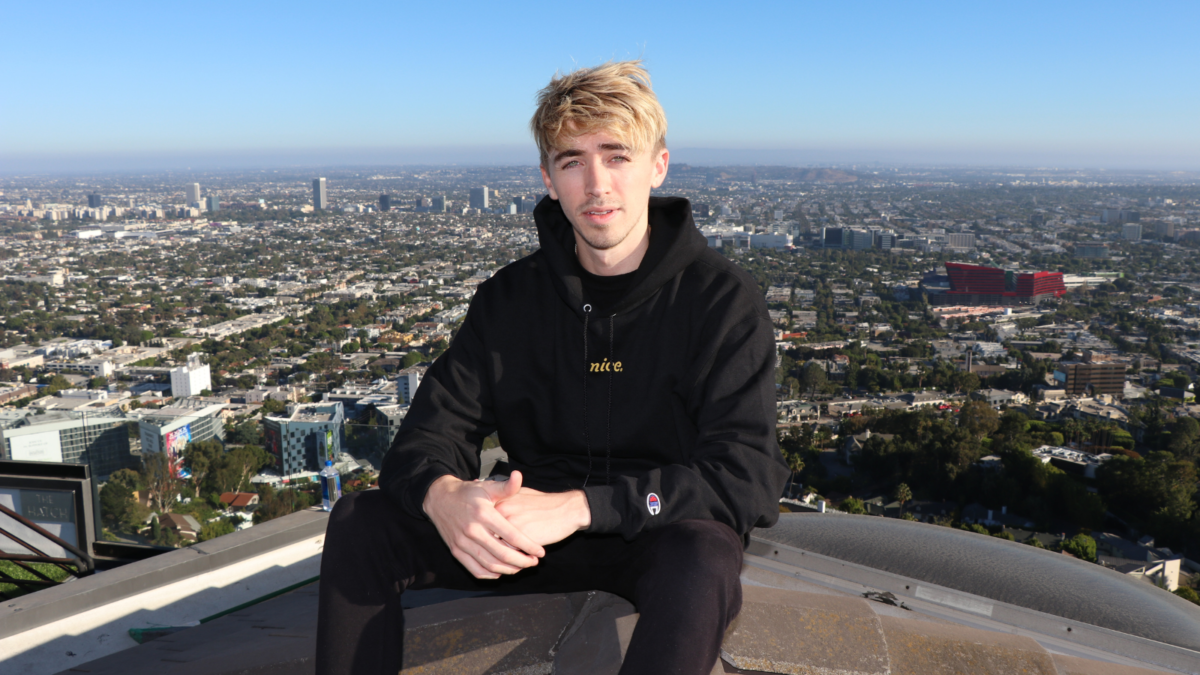SOCIAL
How much short form creators are getting paid in 2024 (TikTok, YouTube Shorts, Reels)

Photo courtesy of Ryan Hughes
Opinions expressed by Digital Journal contributors are their own.
With the rise of TikTok from its early days in 2018 to the powerhouse it is today, it has revolutionized not only the way everybody consumes content but also how everybody creates it. It has catapulted the regular consumer, and many of them at that, into the limelight themselves and created a new ecosystem of online social functions. TikTok’s algorithms propel virality into anything that it agrees with using several different factors. In short, TikTok opened the door to truly accessible and equally creatable home video content that is also now monetizable.
Statistics taken from multiple online social media data sources show that short-form video is the most popular type of content on social media. In 2023, 90% of all internet traffic was projected to be made by short-form video. 73% of consumers prefer to watch a short-form video to learn about a product or service than a long-form video. Almost 60% of short videos are watched for 41-80% of their length.
A great example of someone who is adapting to this change is YouTuber ‘Bucks’, whose real name is Ryan Hughes, a 28-year-old creator from England, UK. He started his influencer journey 12 years ago at the early age of 16 and is now leading the race in the world of short-form content currently in Los Angeles. Bucks, with 1.5 million YouTube subscribers, creates comedy, gaming, and lifestyle videos, traditionally through long-form themed content. He recently started to package his content into small digestible TikToks and YouTube Shorts and his content exploded.
Ryan commented “I just feel like when you’ve been in the game this long you have to take changes head-on productively and adapt because the machine will keep moving forward with or without you. I remember when I first started YouTube, it took me years to hit my first 10,000 subscribers and 1,000,000 total views. Today you sometimes see this happen overnight. Times have changed, accessibility has changed, and the way we experience content as a whole has changed, but the efficacy of becoming a creator can still be attained, if not at a greater level than before. Recently on TikTok alone, starting from scratch and using the same content I post on YouTube, just packaging it differently, I got 140,000,000 views and 300,000 followers in just a few months. Something that had once taken me five years in the past on YouTube.”
So how are influencers like Ryan, who are achieving this level of success, capitalizing off of those high numbers? Only recently have there been implementations within the platforms themselves to reward creators that can acquire that level of viewership suitable compensation for it. TikTok’s initial Creator Fund, which only paid a modest average of $0.02-$0.04 per 1,000 views was the first level of compensation.
This shortly changed with the introduction of TikTok’s Creativity Program, Instagram’s Reels Play Bonus and YouTube’s new YouTube Short Monetization Policy. TikTok’s program went into Beta in the USA earlier in 2023, slowly expanding globally, and still is as of January 2024. The program allowed creators to make 60+ second long videos and receive up to $1 per 1,000 views that qualify for the program, which is a huge leap from the creator fund.
Instagram’s Reels Play Bonus was a $1 billion fund that incentivized people just to create Reels in the first place. Offering good compensation at $100 for the first 20,000 views. Sadly though, the pay was capped quite hard for anything larger, with a maximum monthly payout of $1,200 and an 11,000,000 view cap. The Reels Play Bonus program was cut by Instagram in March, 2023.
YouTube released a new YouTube Short Monetization Policy in February 2023, allowing creators to make a reasonable amount of money with Ad Revenue within the YouTube Shorts world. This has typically been seen to pay about $0.10 per 1,000 views, making it a solid middle ground between TikTok’s Creator Fund and their new Creativity Program. For some, this may be better as you can still create shorter clips instead of the necessary 60+ second clips for TikTok’s Creativity Program.
On top of the new and expanding revenue systems that are currently in place, creators can also make dedicated short videos for brands designed with a faster-paced and higher level creative, giving an additional and lucrative method of promotion for both the brand and influencer. With the additional viewership, the influencer can also push merchandise and their own branded products.
Ryan Hughes also commented on how that payment landscape looks within his leading position of high viewership. “TikTok’s new program is highly underrated. Not every view qualifies and the amount you are paid is dependent on your audience demographics, but for instance, with a majority US demographic, I was paid around $0.80 on average for every 1,000 views that qualified. I had about 30,000,000 views qualify out of about 120,000,000 submitted for it. Which is not bad considering it’s just one stream of income. I also have YouTube, brand promotions, merchandise, and live-streaming.”
Shortly after the rapid TikTok success, Ryan implemented the same strategy back on YouTube Shorts, and gained a further 160,000,000 views in the first two months.
Short-form content will continue to dominate and as the market integrates accordingly, with this new chapter, creators can expect some exciting opportunities ahead.
Innovators in the marketing space will adapt mass-scale promotions for brands that even smaller creators can take part in, and larger creators with the individual mass reach will benefit from more direct involvement.

















